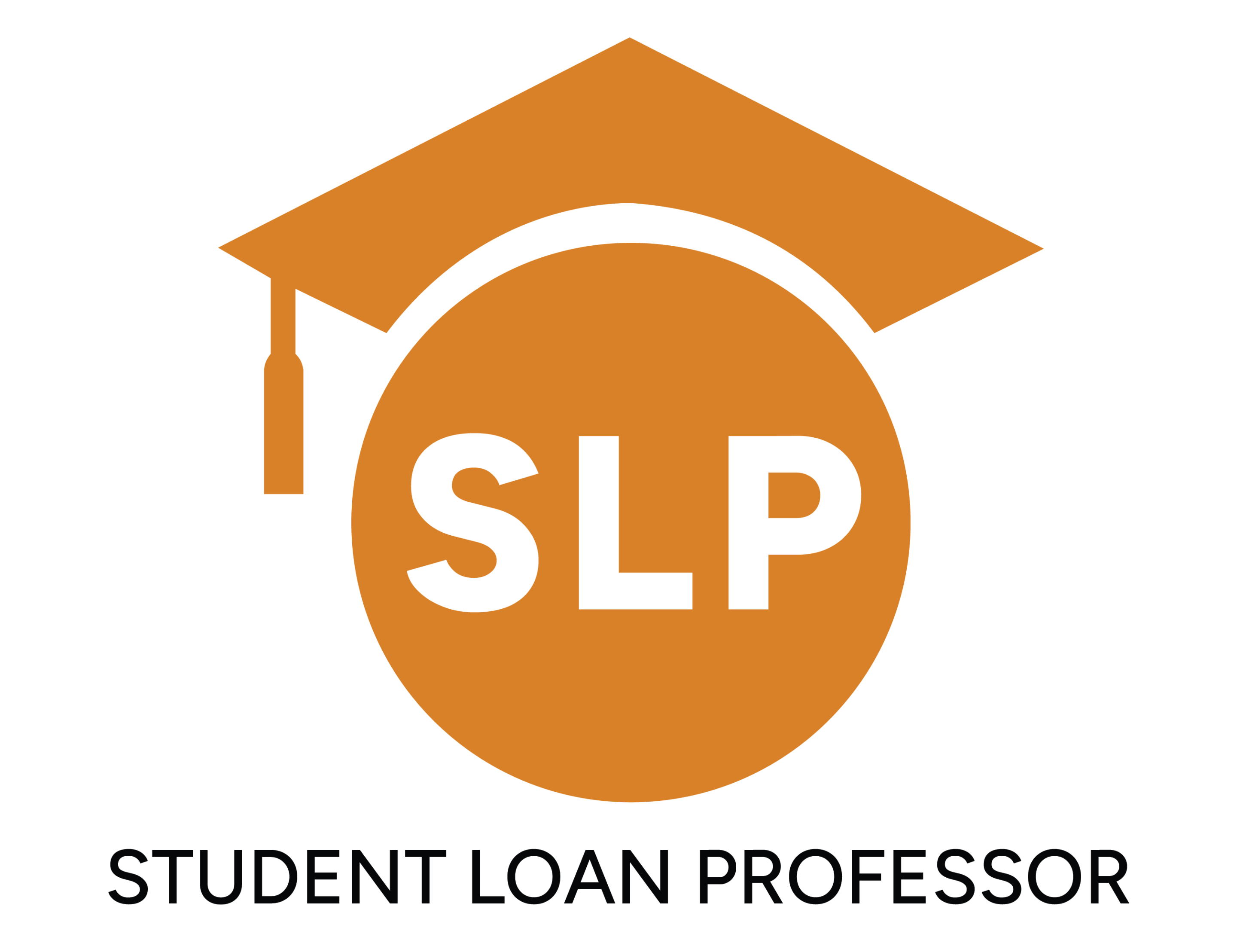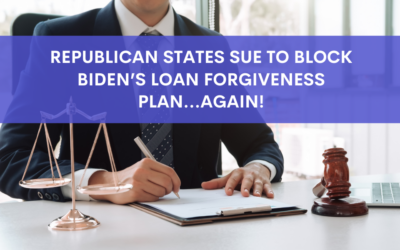The conventional wisdom is that eliminating student loan debt through bankruptcy is hard, if not impossible. However, given the right conditions, you can use a bankruptcy declaration to discharge your student loan.
This article explains what student loan bankruptcy declarations entail, how to do them, and the eligibility criteria you must meet for success.
Key Takeaways
- You can file a Chapter 7 or Chapter 13 bankruptcy to discharge your student loan.
- Initiating an adversary proceeding is crucial for ensuring that your bankruptcy covers your student loan.
- Factors like your debt load, student loan type, and ability to pay for attorney fees can affect how the court views your discharge bid.
Bankruptcy Explained
Bankruptcy is a legal process you can initiate if you’re drowning in debt and can’t repay. According to the United States Courts website, it “helps people who can no longer pay their debts get a fresh start by liquidating assets to pay their debts or by creating a repayment plan.”
Title 11 of the US Code governs bankruptcy proceedings in the United States, detailing the types available, how to initiate a bankruptcy filing, and more.
How Student Loan Bankruptcy Works
The Bankruptcy Code, which spans 15 chapters, outlines several types of bankruptcies. Chapter 7 and Chapter 13 bankruptcies are the two that are relevant to student loan debt.
Chapter 7 Bankruptcy
Chapter 7 bankruptcy involves appointed trustees taking possession of your assets, liquidating them, and paying your creditors with the proceeds. If any debt remains after the liquidation process, the court will discharge it.
You won’t qualify for this bankruptcy type if you’ve had a Chapter 7 bankruptcy case that was discharged within eight years of filing the current one. Also, you must either pass the means test explained below or earn a monthly income that falls below your State’s median income.
Chapter 13 Bankruptcy
Unlike Chapter 7 bankruptcy, Chapter 13 bankruptcy doesn’t involve selling off the debtor’s assets.
It entails drawing up a repayment plan that utilizes your entire income to pay off your creditors within a specified period (typically three to five years). This makes Chapter 13 bankruptcy ideal for anyone who wants to keep their assets.
As with other bankruptcy types, an appointed trustee will collect your monthly income and distribute it among your creditors (according to the plan).
Adversary Proceedings and the Undue Hardship Test
Filing for bankruptcy won’t automatically make your student loan partially or fully dischargeable. You must specifically ask the court to discharge it. Initiating an adversary proceeding is how you make that request.
An adversary proceeding is a petition made within your bankruptcy filing. Depending on the bankruptcy type you’re using, you can either petition:
- immediately after filing for bankruptcy (Chapter 7); or
- when your State’s court rules permit (Chapter 13).
In addition to initiating the adversary proceeding, you must prove that the student loan debt will cause you undue hardship for the foreseeable future. This requirement is set out under Section 523 (a) (8) of the Code.
The court will use the Brunner test when determining whether that’s the case. If you can show that:
- you won’t be able to maintain a minimal standard of living if forced to pay the student loans;
- additional factors exist that indicate this state of affairs will persist for a significant portion of the repayment period; and
- you’ve made a good-faith effort to repay your student loans
it may grant your petition for discharge via the adversary proceeding.
Regarding which type of student loans qualify for a full or partial discharge via the above test, the answer lies under Section 523 (a) (8) of the Code.
The section specifically mentions “an educational benefit overpayment or loan made, insured, or guaranteed by a government unit.” It also singles out “any other educational loan that is a qualified education loan, as defined in Section 221 (d) (1) of the Internal Revenue Code of 1986.”
Meanwhile, the Internal Revenue Code section reads:
“(1) Qualified education loan
The term “qualified education loan” means any indebtedness incurred by the taxpayer solely to pay qualified higher education expenses—
(A) which are incurred on behalf of the taxpayer, the taxpayer’s spouse, or any dependent of the taxpayer as of the time the indebtedness was incurred,
(B) which are paid or incurred within a reasonable period of time before or after the indebtedness is incurred, and
(C) which are attributable to education furnished during a period during which the recipient was an eligible student.”
What the above section implies is that federal loans qualify for discharge under the test, whereas a loan received from a private lender must meet the Section 221 (d) (1) definition.
Factors to Consider Before Declaring Bankruptcy
Before initiating bankruptcy proceedings, gauge your case’s chances of success by considering the factors below:
- Presence or Lack of Other Debts: A bankruptcy declaration communicates that you have an overwhelming amount of debt and lack the means to pay your creditors. If your student loan is the sole debt you’re seeking relief from via bankruptcy, the courts may not take your case seriously.
- The Nature of Your Student Loan Debt: Private student loans tend to be easier to discharge or reorganize through bankruptcy than federal ones. That’s because the federal government offers more debt repayment options to help struggling student loan debtors, including income-driven repayment plans.
Thus, you may find it challenging to convince the court to give a bankruptcy order that discharges your student loan if you haven’t exhausted those options first.
- Court Fees and Legal Representation: Declaring bankruptcy entails expenses like filing and attorney fees. If you can afford to hire an attorney, it could create the impression that your debt situation isn’t as dire as you claim. The same may be true with filing fees.
You can prevent issues by hiring an attorney pro bono via the American Bar Association website and using the court fee waiver (where applicable).
It’s also worth noting that your bid to discharge your student loan via bankruptcy won’t free you from your interest obligations while the case is ongoing. The reason is that the court-appointed trustee will go by order of priority when paying your creditors. If your student loan isn’t higher up on the priority chain in a Chapter 13 bankruptcy, it’ll continue to accrue interest.
How to Discharge a Student Loan in a Bankruptcy Proceeding
Here’s a quick rundown of how to discharge your student loan via bankruptcy:
- File Your Adversary Complaint: You must file an adversary complaint to initiate the adversary proceeding. It’s a legal document (with an attached cover letter) that you give to the court clerk. In some states, you can submit it electronically. You must also include your National Student Loan Data System (NSLDS) report with the complaint.
- Serve Your Loan Holder or Servicer: Once you file your complaint, serve (mail it to them or hand it over in person) your loan holder or servicer. Taking this step ensures that they’re aware of the adversary proceeding. Other parties to whom you’ll send the complaint may include the Attorney General and the U.S. Trustee of the Bankruptcy Filing District.
- Complete Your Attestation Form: The attestation form helps the court determine whether you pass the undue hardship test. Provide all the information related to your details (income and expenses), your student loan, and the hardship you face.
- Wait for the Results: The Assistant United States Attorney (AUSA) will review your form and give its assessment to the court in charge of your bankruptcy case. Upon receipt of the assessment, the judge may decide to hold a hearing before rendering their decision.
You can appeal the court’s decision if it doesn’t go your way and you feel that you have a strong case.
Alternative Ways to Eliminate or Manage Your Student Loan Debt
The bankruptcy process described above is just one of several methods for getting permanent student debt relief (and an extreme one at that). If you prefer to avoid bankruptcy proceedings, other options for getting student loans discharged include:
- Qualifying for Total and Permanent Disability Discharge due to a permanent physical or mental disability.
- Qualifying due to one of the many criteria that warrant administrative discharge (e.g., a closed school or death).
Diligent repayment of your student loan may also make you eligible for student loan forgiveness. However, this method will take longer and applies exclusively to federal student loans.
Finally, if you don’t qualify for a discharge under bankruptcy or forgiveness, you can explore pausing repayment via deferment or forbearance.
Get Expert Advice On Student Loan Debt Relief
Bankruptcy is the road less traveled for student loan debt relief, but it isn’t an impossible path to follow. That said, you have other options for getting the relief you need from student loan payments. Consult our experts to get advice on your options today.
Brandon Barfield is the President and Co-Founder of Student Loan Professor, and is nationally known as student loan expert for graduate health professions. Since 2011, Brandon has given hundreds of loan repayment presentations for schools, hospitals, and medical conferences across the country. With his diverse background in financial aid, financial planning and student loan advisory, Brandon has a broad understanding of the intricacies surrounding student loans, loan repayment strategies, and how they should be considered when graduates make other financial decisions.



![Our Honest Thoughts On Aidvantage Student Loans [For 2025]](https://www.studentloanprofessor.com/wp-content/uploads/2024/10/SLP_fallback_2-no-logo-400x250.jpg)

